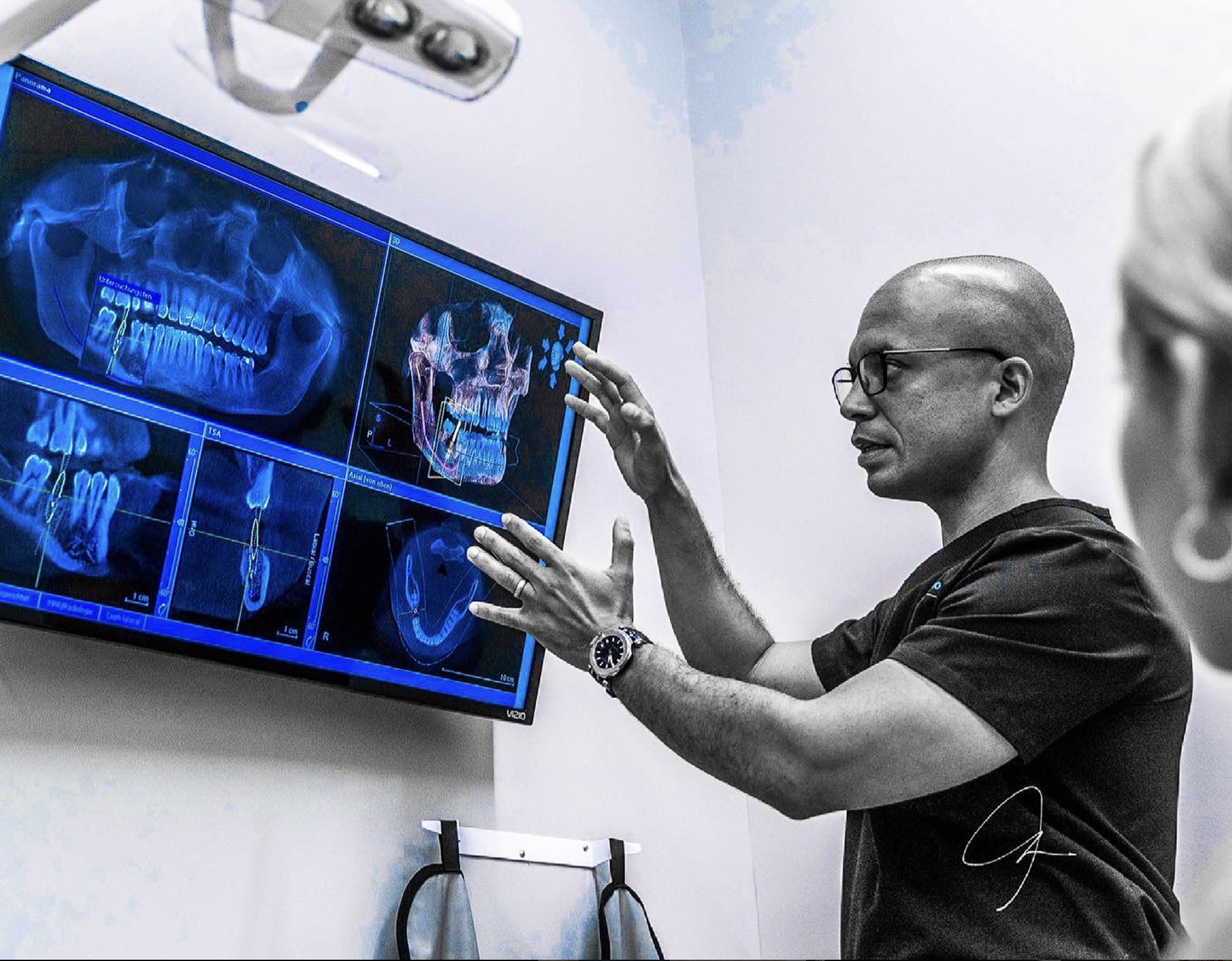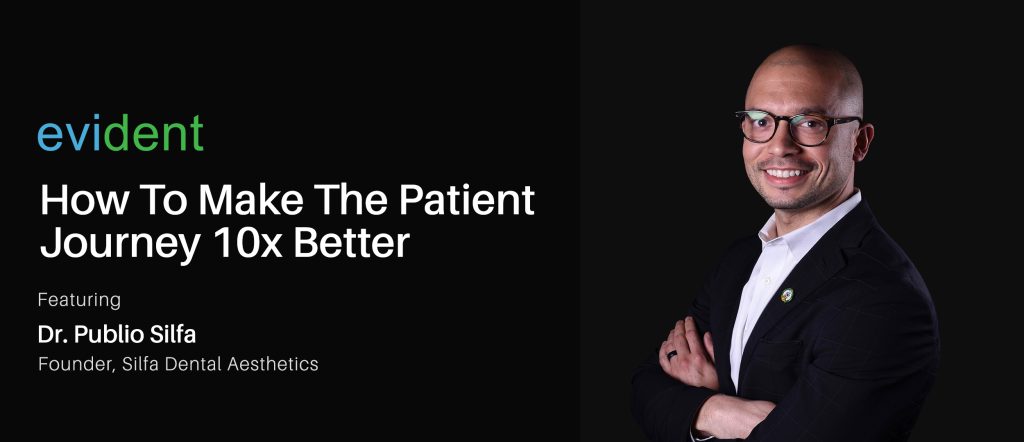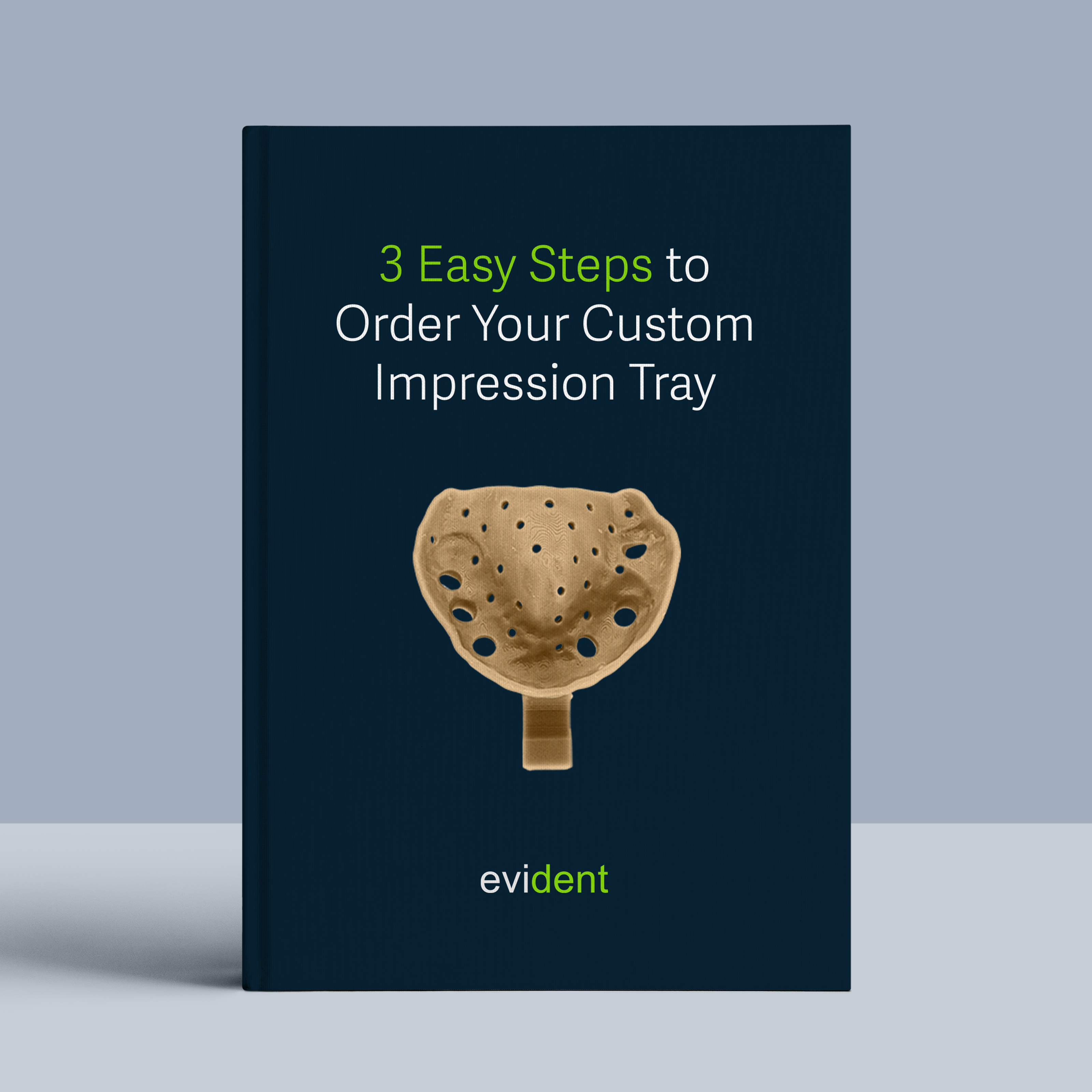
Getting the patient journey right is critical to growing a dental practice.
Positive, engaging, and error-free patient experiences ensure that they come back for future procedures. Crafting the best possible patient journey also brings in more patients through word of mouth.
More importantly, as a professional, wouldn’t it be nice if every patient had the best possible experience?

Dr. Publio Silfa discussed with Evident about digital dentistry and its impact on the patient journey.
Dr. Publio is a distinguished leader in cosmetic dentistry. He has an established practice on Long Island where — besides practicing cosmetic dentistry — he also flaunts his dental photography prowess.
In this guide, we’ll go through Dr. Publio’s key teachings and share how dentists can make the patient journey 10 times more engaging.
Patient Journey
Dr. Publio breaks down the ideal patient journey into six stages:
Attract – Acquire – First Consultation – Treatment Planning – Treatment – Repeat.
Let’s go through each one:
Attract
The attract stage is when a dental practice markets itself in an attempt to gain patients.
Having a huge sign at the front that says “Dental Clinic” already attracts nearby potential customers.
But the attract stage can be so much more.
Attract involves building a reliable, reputable brand that customers will trust their teeth with. It involves going out there and showing what kind of value the clinic can provide for patients.
Dentists can achieve this in various ways. Listed below are a few:
- Having a robust marketing strategy that increases brand awareness.
- Educating the public on the importance of dental care. This can be done through seminars, blog articles, YouTube videos, social media postings, and much more.
Acquire
The acquire phase involves nudging interested people to visit the dental clinic.
In marketing terms, we call this “nurturing.”
The goal of this stage is to engage with the prospect until they’ve walked through the clinic doors. At which point the dentist would have successfully “acquired” them.
Now, this doesn’t involve invasive, annoying sales talk.
This is mostly a natural process; a direct product of an effective attract stage.
It relies a lot on patients “coming to their senses” and finally having their teeth checked. Dentists can speed up this realization through — I’ll say it again — an effective attract stage.
So, dental marketing should involve:
- Providing informational value to prospects, especially with regard to dental health,
- Establishing value. This involves showing how a particular dental practice is best-equipped to solve a prospect’s problems (e.g., low self-esteem due to crooked smile).
- Adopting an engaging, understandable tone. It’s important that the marketing strategy speaks to laymen.
Following these fundamental tips will help create a marketing strategy that acquires patients. There’s a lot more to effective marketing than that, though. But those above are solid pieces of advice.
Now, what do we do once the customer comes through?
First Consultation
The first consultation serves as that critical first impression. Remember what they say about first impressions — they last practically forever.
However, the first consultation is also a dentist’s opportunity to learn more about the patient.
The information gathered from this consultation will be helpful in treatment planning.
So, how do we hit two birds with one stone?
Dr. Publio suggests taking the first four minutes to talk about non-dentistry stuff.
A simple “How you doin’?” will get the patient talking.
The conversation will likely go to the kids, work, hobbies, life goals, and more.
Once the conversation starts going, the patient feels engaged and at ease with the clinic. But it also gives the clinician an opportunity to gather key lifestyle details.
Doing this will make the overall first consultation feel less like a medical appointment and more like coffee with a long-time friend.
Just be careful not to discuss politics. Or debatable social issues, for that matter.
Treatment Planning
This stage is, as Dr. Publio says, where dentists should meet expectations before the patient starts treatment.
During this stage, dentists should assess the anatomy of both the face and teeth. Not just one or the other. Doing so allows dentists to come up with the optimal procedure.
That’s where dentofacial analysis comes in.
Smile Design
Dentists may take photos of the patient’s face and mouth. Then, using the golden proportion, they’ll design a smile that harmoniously blends with the rest of the patient’s face.
There are many digital smile design tools out there that can help dentists design smiles for patients.
These tools include Procreate, PreVu, 3Shape, exocad, and even good ole Photoshop.
One might think — “Oh, but I have an IOS scanner. Can’t I just scan the patient’s mouth and send it to the lab for them to design a new smile?”
No, that wouldn’t be ideal.
Because sending scans only shows the patient’s arches. Without a reference of the patient’s facial anatomy, labs wouldn’t be able to create a wax-up that’s harmonious to the patient’s facial aesthetics.
Dr. Publio says one such consideration that’s often overlooked is buccal corridors. These need to align with the eyes. But labs won’t get buccal corridor information if scans are all they get.
So, it’s very important that dentists utilize smile design tools.
Alternatively, dentists may take photos of their patient’s face and smile and send it to us here at Evident. We can do the smile design for dentists who aren’t confident in their smile designing abilities. Then, we can also create the wax-up model.
Digital smile design tools also allow patients to see how they would look with a new, planned smile.
This is better than showing them a before and after wax-up. A smile mock-up that shows the patient wearing a new smile can really add to the patient journey.
So, using a digital smile design tool is critically important since 1) it’s an engaging communication tool, and 2) this is where patients will accept the procedure.
Finalizing the Treatment Plan
The treatment should accommodate the patient’s lifestyle. Consider if a treatment would hinder their ability to perform a task. Or, if they would be able to afford a particular treatment.
Remember the information gathered during the first consultation. Then, apply a tailored experience to each one. Provide a personalized consultation and treatment plan.
Dr. Publio suggests the rule of three.
It’s when dentists give a patient three different options for treatment. These would ideally be at different price points, procedures, and time frames.
For example, a dentist may recommend
- traditional braces,
- invisalign, or
- veneers
to a patient with misaligned teeth.
Now, if there are more than three options, these shouldn’t be blasted onto the patient in one go. Having a smorgasbord of options will only overwhelm the patient.
It’s not like a restaurant menu, where they’ll be thrilled with a ton of options. It’s a dental procedure that will impact the rest of their lives.
So present the best three options first. Only if the patient decides that those aren’t a good fit can options four, five, six, and so on be presented.
Treatment
Once the treatment plan is finalized, follow through with an impeccable, error-free treatment procedure.
Dentists can speed-up their treatments with digital dentistry.
For example, a patient needs a two-unit bridge.
The moment the patient agrees with the two-unit bridge procedure, dentists adopting digital dentistry can mill a tailor-fitted bridge right then and there. If not, they may print a temporary one.
Digital dentistry eliminates time-consuming analog procedures.
For example, instead of taking an impression and creating a wax-up, an IOS scanner scans a patient’s mouth and stores a digital 3D model of the teeth. This is done in seconds, not hours or days.
Digital dentistry is also beneficial for the dental practice since it saves money in the long run, is more eco-friendly, and is easier to train new staff on.
Oh, and also, digital dentistry tools do look pretty cool.
Manipulating a scan on a screen can really wow the patient.
This “wow” moment is a byproduct of using digital dentistry tools that can add to the patient experience, especially if the patient came from an analog dentist.
To get into digital dentistry, dentists may either purchase an IOS scanner or dental 3D printer first. These tools will open up opportunities for a digital, more flexible workflow.
Repeat
Great! The patient’s outfitted with their new smile, and they’ve just gone through a unique, patient-centered experience.
Now repeat the process. Make sure it becomes the standard operating procedure for the dental practice.
Once dentists get a flow and a rhythm for this new workflow, they may need to increase their capacity.
Partner now with Evident. We have over 100 expert designers on staff.
We offer various services that can help achieve a supercharged patient journey — from 2D smile design services to crown and bridge design.
We’re compatible with any system. Simply send us the scans, and we’ll design a printable component that can be printed on any printer. Or, milled on any mill.









